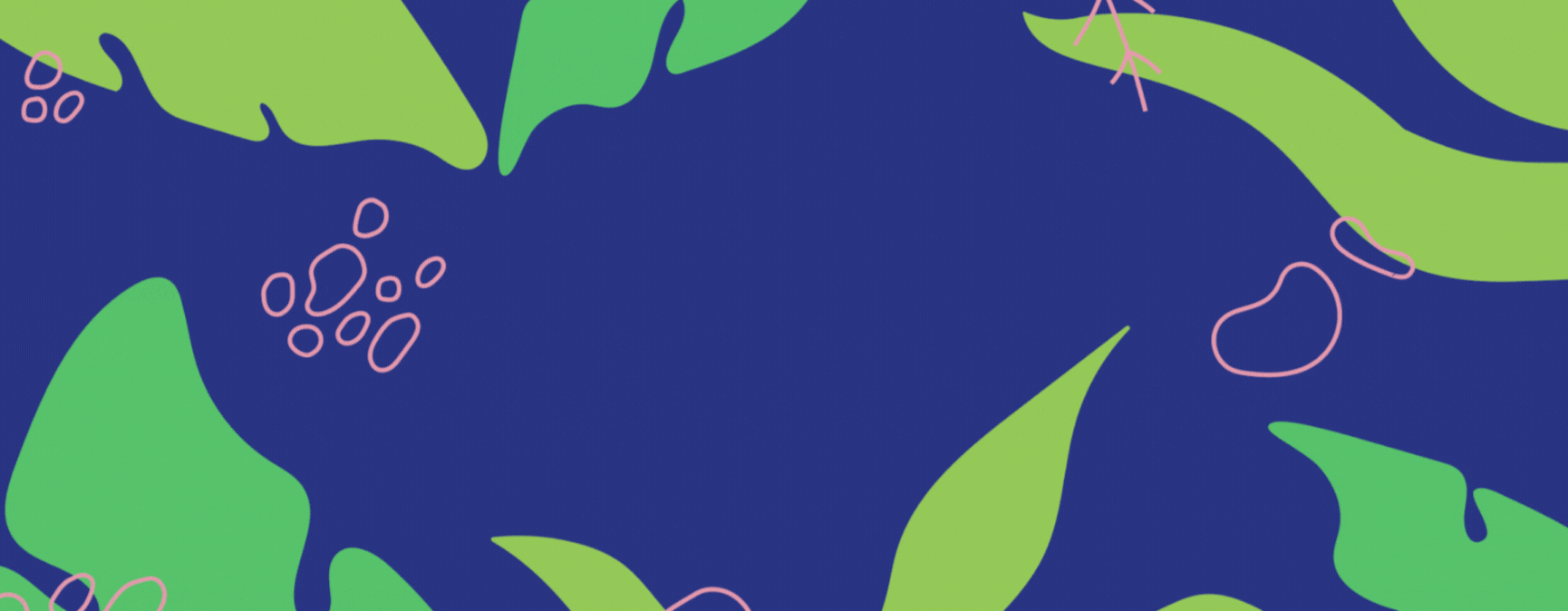Creativity is a universal human trait, but the ways in which it is expressed can vary greatly across cultures. What we learn varies depending on our surroundings.

These diverse practices not only showcase ingenuity but also reflect the values, traditions, and histories of the communities they stem from. Here are some fascinating creative practices from different cultures around the world.
1. Japanese kintsugi: the art of embracing flaws
Kintsugi is the Japanese practice of repairing broken pottery with gold, silver, or platinum lacquer. Rather than hiding the cracks, this technique highlights them, transforming the item into a unique and more beautiful piece. Kintsugi teaches the philosophy of finding beauty in imperfection and valuing history.
2. Mexican papel picado: intricate paper art
Papel picado, or “pierced paper,” is a traditional Mexican folk art that involves cutting intricate designs into brightly coloured tissue paper. These decorative pieces are commonly used during celebrations like Día de los Muertos (Day of the Dead), adding vibrancy and symbolism to the festivities.
3. Indian rangoli: ephemeral floor art
Rangoli is an ancient Indian art form in which patterns are created on the ground using materials like coloured powders, rice, or flower petals. These designs, often made during festivals like Diwali, are thought to bring good luck and are a way of welcoming guests and deities into homes.
4. Maori carving: storytelling through wood
The Maori people of New Zealand have a rich tradition of wood carving, known as whakairo. These carvings often depict ancestors, spiritual figures, and tribal history. Each piece carries deep cultural significance and serves as a medium for passing down stories and knowledge.
5. West African adinkra symbols: visual proverbs
Adinkra symbols originate from the Akan people of Ghana and the Ivory Coast. These symbols, often stamped onto cloth, represent concepts or aphorisms, such as wisdom, unity, or perseverance. Adinkra art is a blend of aesthetic expression and philosophical meaning.
6. Scandinavian knitting: crafting warmth and identity
Knitting has long been a practical and creative outlet in Scandinavian cultures. Traditional patterns, like Norway’s Selburose or Iceland’s Lopapeysa, reflect regional identities and often have symbolic meanings. This craft is both functional and a form of artistic storytelling.
7. Balinese offerings: daily acts of beauty
In Bali, daily offerings known as canang sari are made from flowers, palm leaves, and other natural materials. These beautifully crafted arrangements are offered to deities as a sign of gratitude and devotion. The act of creating these offerings is a meditative and deeply spiritual practice.
8. Aboriginal dot painting: connecting to the land
Aboriginal Australians use dot painting to depict stories, maps, and symbols connected to their Dreamtime—the spiritual and cultural origins of their world. This art form serves as a way to preserve and pass down knowledge about the land and its significance.
9. Turkish ebru: the art of marbling
Ebru, or paper marbling, is a traditional Turkish art form that involves floating pigments on water and transferring the patterns onto paper. Each design is one of a kind, reflecting both the artist’s skill and the unpredictable nature of the process.
10. Hawaiian hula: storytelling through dance
Hula is a traditional Hawaiian dance that uses movement, chants, and music to tell stories of history, mythology, and nature. This expressive art form is deeply tied to Hawaiian culture and is a way of preserving and celebrating the island’s heritage.
By exploring and appreciating these creative practices, we can gain a deeper understanding of the diverse ways in which cultures express their identities and connect with the world. These traditions not only enrich our global community but also inspire us to approach creativity with fresh perspectives.



